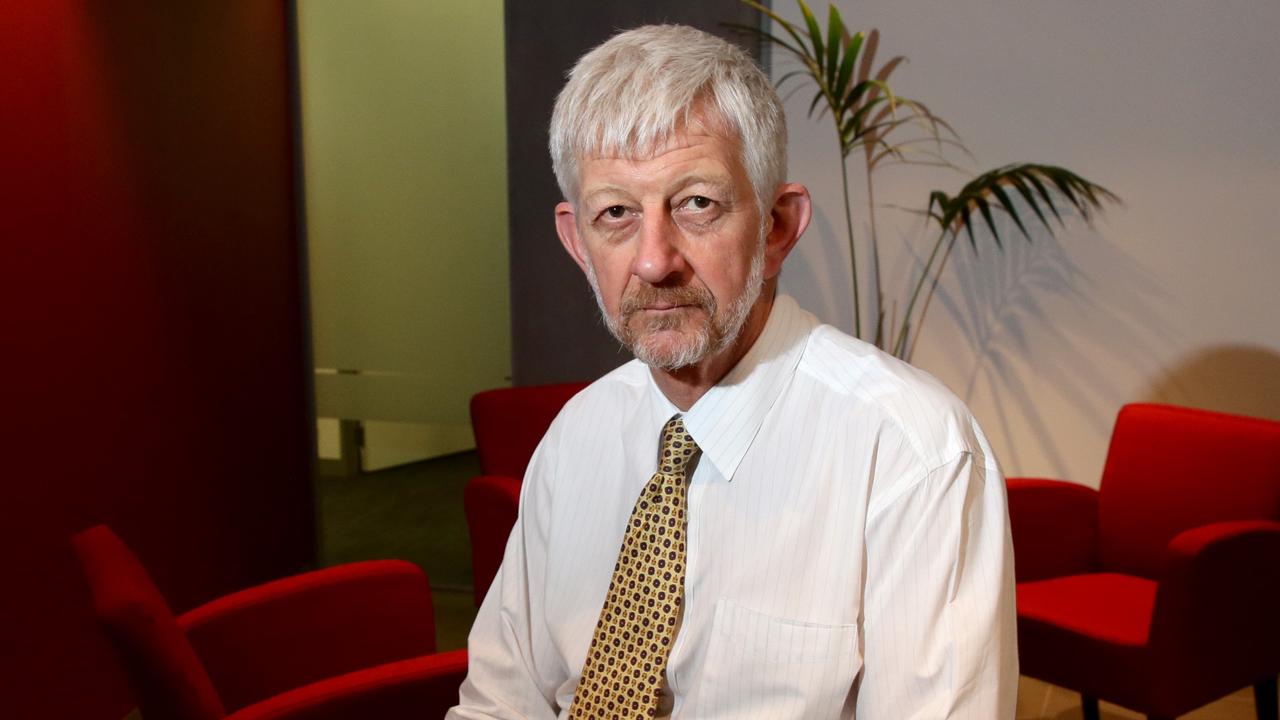Private universities plea for fair treatment under international student caps
Australia’s fastest growing private university has demanded to be ‘treated equally and consistently’ with the nation’s public universities under Labor’s international student caps.

Australia’s only for-profit university has demanded to be “treated equally” under Labor’s international student caps system despite its private status, as the university sector ramps up pressure on the government to scrap a controversial visa processing method.
Torrens University has raised concerns about the government’s approach to calculating its foreign student limit for next year, arguing its allocation is “incongruous” with its own data, and out of proportion with the caps assigned to public universities.
Under the Albanese government’s push to curb net migration by limiting the intake of international students to 270,000, the nation’s fastest growing university has been allocated 2770 places for next year, down from 3655 this year, 4102 in 2023 and 4324 in 2022. In its submission to a Senate inquiry examining the caps, Torrens University argued that private universities would play a vital role in the nation meeting an ambitious target for 80 per cent of the workforce to hold a tertiary qualification and it had not been treated fairly.
“Despite Torrens’ legal status as a university, and its requirement to meet the same standards as the 38 publicly funded Table A universities, it has not been categorised as a university for the purposes of the government’s new overseas student quota methodology,” it said.
“Torrens has instead been grouped with ‘higher education providers’ and given a significantly lower overseas student limit (estimated to be around 2000 fewer) than if the public university methodology had been applied.”
In comparison, many of the sandstone universities have been allocated more than 3000 places next year, with the University of Western Australia receiving the lowest allocation within the Group of Eight of 3000 and the University of Sydney the highest at 11,900.
Meanwhile, Universities Australia chief executive Luke Sheehy urged senators to abandon Ministerial Direction 107, an order requiring Home Affairs to prioritise processing student visa applications for providers deemed “low risk”, leading to increased rejection rates.
“Under this instrument, 55,372 fewer visas were granted in higher education between December 2023 and June 2024, compared to the corresponding period in 2022 to 23 when 175,200 visas were issued,” he said.
“This represents a 32 per cent drop yea-on-year, or a $4bn hit to the economy at a cost of $19m a day. It is also inflicting serious financial harm on Australia’s universities, particularly those in regional Australia and outer suburban areas.”
Education Minister Jason Clare said international education was a “valuable national asset”, but the sector needed to maintain its “social licence” after a boom in overseas enrolments allowed disreputable operators to enter the market.
“That growth has also brought back the shonks looking to make a quick buck and it’s put the reputation of this industry under pressure,” he said. “Our reforms will help to set up international education for the future, ensuring quality and integrity and providing certainty for universities.”






To join the conversation, please log in. Don't have an account? Register
Join the conversation, you are commenting as Logout